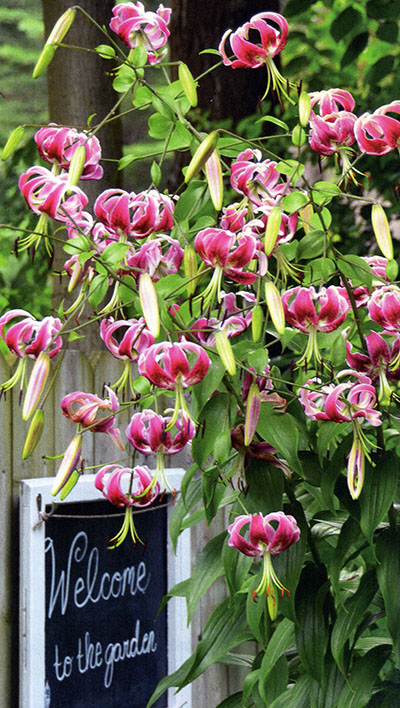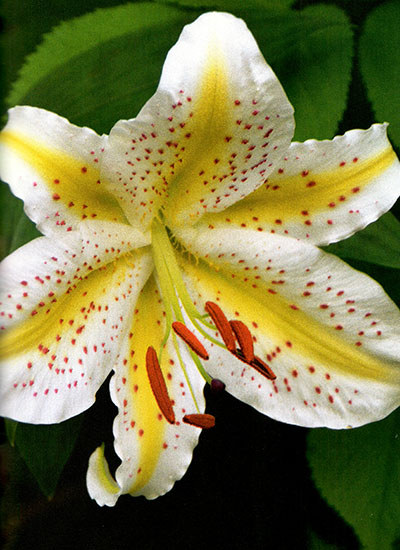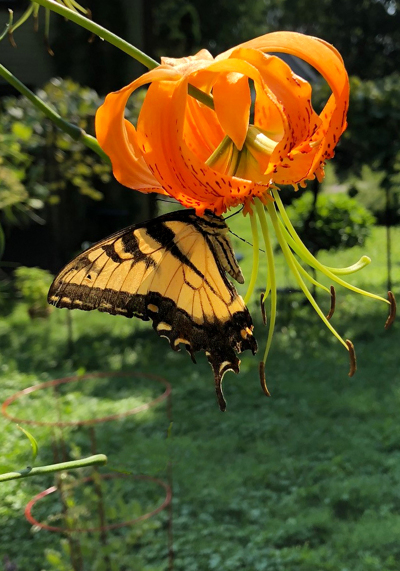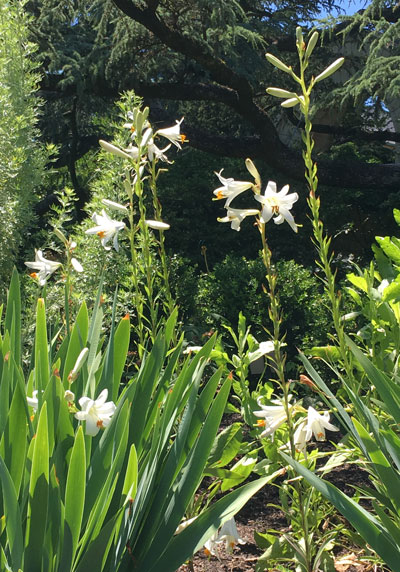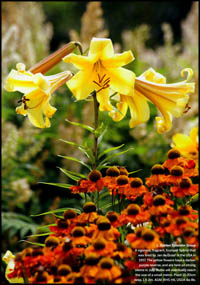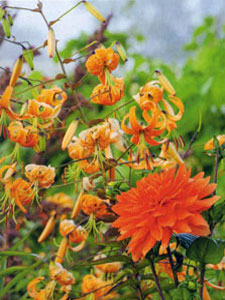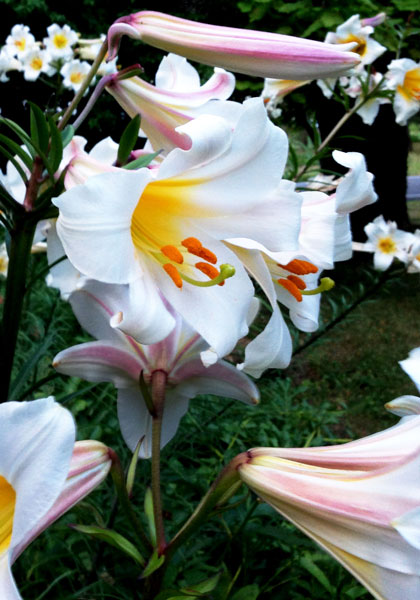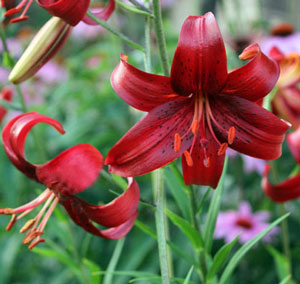In our March newsletter, we published “If You Give a Friend a Lily” about our good customer Randy Merrill and her lily-obsessed friend Paul Siskind.
Soon after, Paul emailed us saying, “As part of my research on the red lily leaf beetle, I developed an IPM (Integrated Pest Management) approach for controlling it in a relatively safe manner” – and here it is. Thank you, Paul!
“Start early – The most important strategy is starting early, as soon as your lilies break dormancy. [We know it’s too late for that this year, but ….]
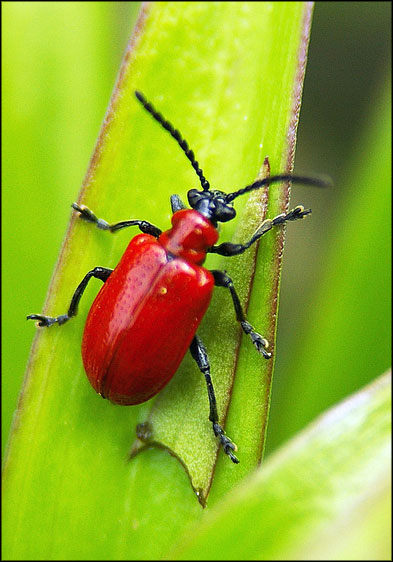
“Keep at it all season long – Controlling beetles and grubs throughout the season, even if your lilies look okay, will cut down on the beetles that attack them next year.
“Hand-picking is key – It may not be enough by itself, but hand-picking is safer than using insecticides and it will reduce the amount of insecticide you need to use. Diligence and thoroughness are critical, especially in the first 4-6 weeks of the season. Try to hand-pick at least once a day then. After mid-season, this chore will lessen considerably.
“How to hand-pick – Fill a coffee mug half-way with soapy water. For beetles, slowly move the mug under the leaf that the beetle is on so that, when it startles and lets go, it falls into the mug. For grubs, which are slimy and difficult to squash, hold the mug under the leaf and flick the grub into it. For eggs and newly-hatched grubs, which are usually hidden on the underside of leaves, either run your fingers along the leaf blade to squash them or simply cut off the outer half of the leaf.
“Best pesticide – If you have a moderate to severe infestation, the most effective insecticide is spinosad, because it kills both beetles and grubs. However .…
“Avoid resistance – One of the principles of IPM is to prevent the pest from developing resistance to an insecticide. Thus, this method also calls for using neem oil. Even though neem oil kills only grubs (it repels beetles), it’s important to kill any grubs that might become resistant to spinosad.
“Use the RIGHT neem oil – Neem oil is extracted in two different ways, but only one works for lily leaf grubs. Unfortunately, alcohol-extracted neem oil – which is most common – contains only ‘clarified hydrophobic extracts of neem’ and lacks the grub-killing compound azadirachtin. What you need instead is cold-pressed neem oil which is sometimes listed as ‘pure’ neem oil.
“How to spray – As with any insecticide, use as little as necessary. Aim directly at the lily leaves only and avoid spraying the flowers. Avoid spraying when it’s windy or in midday sun which can cause leaf-burn.
“When to spray – At the beginning of the season, try to spray the lilies twice a week, once with spinosad and then a few days later with neem. On days you don’t spray, do your usual hand-picking. After 4-6 weeks, the beetles mostly stop laying eggs, and you should see a marked decline in the number of beetles and grubs. At this point, reduce spraying to once a week with spinosad. If you find some grubs, you can spot-spray with neem. Continue hand-picking.
“Diatomaceous earth – Although dusting with this is often recommended, my studies have shown that it’s not that effective. There’s no harm in using it, though, and it may help some.
“Deer repellent with clove oil – If you use deer repellent, choose one with clove oil because that seems to be at least somewhat effective in killing or at least repelling the beetles.
“Be patient and have faith – It might take a full season (or two) to subdue a bad infestation, but once it’s under control I think you’ll find it’s not that difficult to incorporate this IPM method into your normal gardening routine.”







